Home>Garden Essentials>How Deep To Plant Cosmos Seeds
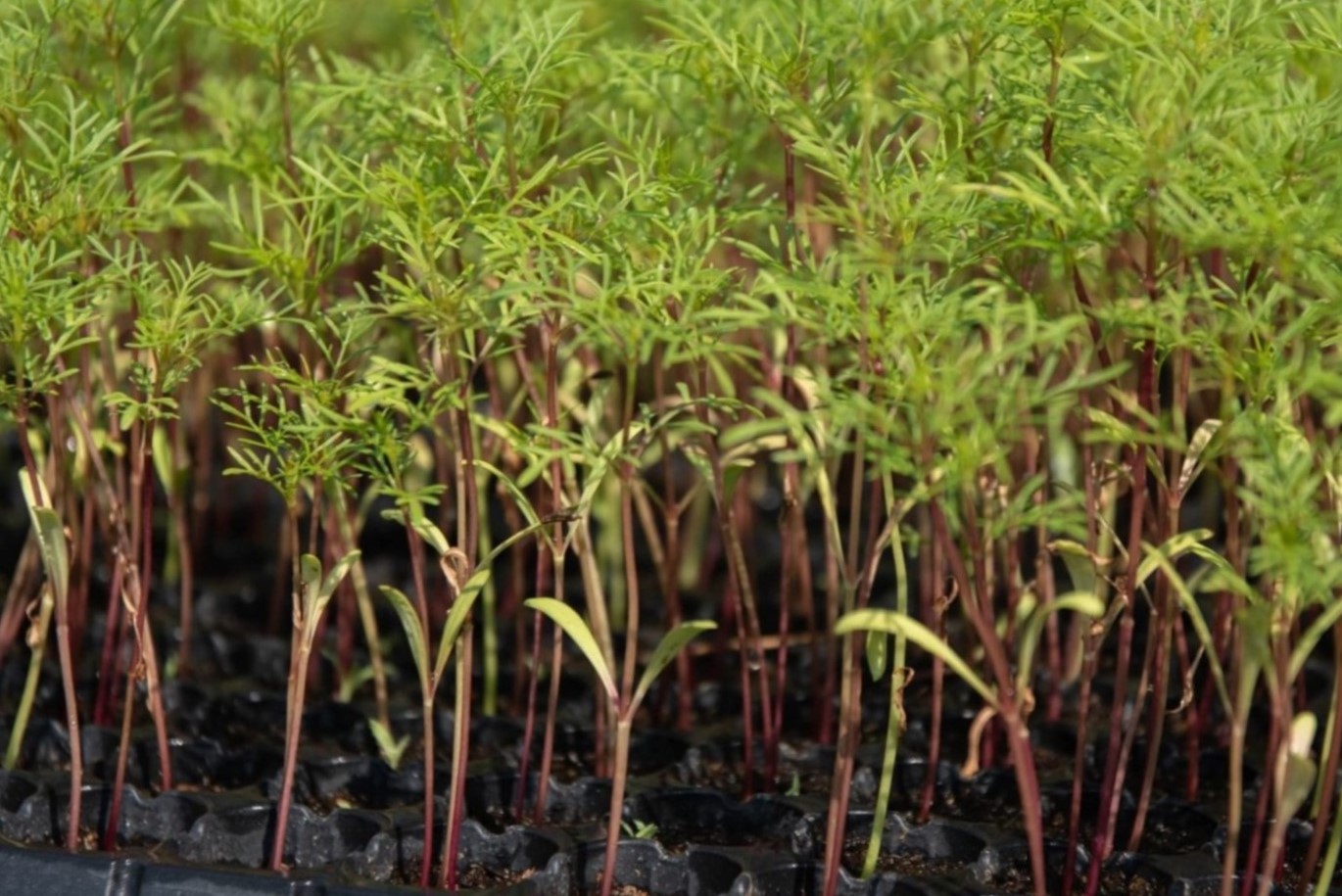

Garden Essentials
How Deep To Plant Cosmos Seeds
Modified: September 1, 2024
Discover the ideal depth for planting cosmos seeds in your garden. Ensure successful germination and vibrant blooms with our expert planting tips.
(Many of the links in this article redirect to a specific reviewed product. Your purchase of these products through affiliate links helps to generate commission for Storables.com, at no extra cost. Learn more)
Introduction
Welcome to the wonderful world of gardening! Whether you’re a seasoned gardener or just starting out, planting and growing your own plants can be a fulfilling and rewarding experience. One particular plant that can add beauty and vibrancy to any garden is the cosmos flower. These lovely flowers come in a variety of colors and feature delicate, airy petals that dance in the breeze. To ensure a successful cosmos garden, it’s important to know the correct depth for planting cosmos seeds.
When it comes to planting seeds, getting the right depth is crucial for proper germination and healthy plant growth. Planting cosmos seeds at the correct depth allows them to establish strong roots, receive adequate nutrients, and thrive in their environment. In this article, we will explore the factors to consider when determining the appropriate depth for planting cosmos seeds and provide helpful tips to ensure your cosmos garden flourishes.
Whether you’re planting cosmos in containers, raised beds, or directly in the ground, understanding the optimal depth will set the foundation for success. So let’s dig in and discover how deep to plant cosmos seeds.
Key Takeaways:
- Plant cosmos seeds at a depth of ¼ to ½ inch for successful germination and healthy growth. Consider soil type, climate, and local conditions for optimal planting depth.
- Test seed viability before planting and provide proper soil preparation to create an ideal environment for cosmos plants to thrive. Remember to water, care, and avoid common gardening mistakes for a stunning cosmos garden.
Read more: When To Plant Cosmos Seeds
Choosing the Right Depth for Planting Cosmos Seeds
When it comes to planting cosmos seeds, finding the right depth is important for their successful germination and development. The depth at which you plant your cosmos seeds can impact their ability to receive sufficient moisture and nutrients from the soil while also protecting them from environmental factors.
The general rule of thumb for planting cosmos seeds is to sow them at a depth of about ¼ inch to ½ inch. This shallow planting depth allows the seeds to access the necessary sunlight, air, and moisture to commence germination. Planting too deep can hinder their ability to sprout and can lead to poor establishment.
However, the specific depth can vary depending on certain factors such as the soil type, climate, and local conditions. It’s essential to take these considerations into account when deciding on the ideal planting depth for your cosmos seeds.
One factor to consider is the type of soil you have in your garden. If you have heavy clay soil that tends to compact easily, planting the cosmos seeds slightly higher, around ½ inch, can help prevent waterlogged conditions and promote better drainage. On the other hand, if you have loose, sandy soil, you may want to plant the seeds at a slightly deeper depth of ¼ inch to ensure they are adequately covered and protected.
Another factor to consider is the prevailing climate in your area. If you live in a region with hot and dry summers, planting cosmos seeds slightly deeper can provide them with some insulation from the scorching heat. Conversely, if you reside in a cooler climate, planting them at a shallower depth can allow them to benefit from the warmer soil temperatures closer to the surface.
Lastly, local conditions such as wind, rainfall patterns, and pests can also influence the ideal planting depth for cosmos seeds. If you are in an area prone to strong winds, planting the seeds slightly deeper can help anchor them more securely in the soil. Similarly, if you experience heavy rainfall, planting the seeds slightly higher can prevent them from getting washed away.
By considering these factors, you can make an informed decision about the best planting depth for your cosmos seeds. Sowing them at the appropriate depth will set them up for success and ensure they have the best chance of germinating, establishing strong roots, and growing into beautiful, healthy plants.
Factors to Consider
When determining the appropriate depth for planting cosmos seeds, it’s important to consider several factors that can influence their growth and overall health. By taking these factors into account, you’ll be able to provide the optimal conditions for your cosmos flowers to thrive.
1. Seed Size: Cosmos seeds are relatively small, so planting them too deep can bury them too far beneath the surface. It’s essential to adjust the planting depth accordingly to ensure the seeds are not overwhelmed by the soil and can easily emerge upon germination.
2. Soil Condition: The condition of your soil plays a vital role in determining the ideal depth for planting cosmos seeds. Loose, well-draining soil allows for easier seedling emergence, while heavy, compacted soil may require a shallower planting depth to prevent seed suffocation.
3. Moisture Availability: Cosmos seeds require adequate moisture to germinate successfully. If your soil tends to dry out quickly, planting the seeds slightly deeper can help them access moisture from deeper soil layers. Conversely, if you have consistently moist soil, planting them at a shallower depth ensures they don’t sit in overly saturated conditions.
4. Sunlight Exposure: Cosmos flowers thrive in full sun, requiring at least 6-8 hours of direct sunlight each day. Planting the seeds at the appropriate depth ensures they can reach the surface to access the necessary sunlight for photosynthesis and healthy growth.
5. Frost Dates: Knowing your region’s approximate last frost date is essential for determining the optimal time to plant cosmos seeds. Planting too early can expose the young seedlings to potential frost damage, while planting too late may not provide enough time for the plants to reach maturity before colder weather arrives.
6. Local Climate: Understanding the climate in your area can help you determine the correct planting depth for cosmos seeds. If you live in a region with hot and dry summers, planting the seeds slightly deeper can provide insulation and protect the young plants from heat stress. In cooler climates, planting them at a shallower depth helps take advantage of the warmer soil temperatures.
By considering these factors, you can make informed decisions about the appropriate depth for planting your cosmos seeds. It’s important to remember that these guidelines may vary depending on your specific location and gardening conditions, so it’s always best to adjust and adapt accordingly for the best results.
Testing Seed Viability
Before you plant your cosmos seeds, it’s essential to test their viability to ensure a higher success rate in germination. Testing seed viability helps you determine if the seeds are still capable of sprouting and growing into healthy plants.
Seed viability refers to the likelihood of a seed to germinate and produce a viable seedling. Over time, seeds can lose their viability due to age, improper storage, or exposure to unfavorable conditions. By testing the viability of your cosmos seeds, you can identify those that are still viable and discard any that are unlikely to germinate.
There are several methods you can use to test seed viability, including the float test, the germination test, and the seed coat assessment:
1. Float Test: Fill a container with water and place your cosmos seeds in it. Viable seeds will sink to the bottom, while non-viable seeds will float to the top. Discard any seeds that float as they are unlikely to germinate.
2. Germination Test: Take a few seeds and place them on a moist paper towel or in a seed starting tray with potting soil. Keep them in a warm and well-lit area and monitor their progress over the next 7-10 days. If a high percentage of seeds sprout, it indicates good viability. If only a few or none germinate, the viability of the seeds may be low.
3. Seed Coat Assessment: Examine the appearance and condition of the seed coat. Viable seeds typically have a firm and intact seed coat, while non-viable seeds may have a shriveled or damaged coat. This visual assessment can provide a rough estimation of seed viability.
By performing these tests, you can identify which seeds are likely to germinate successfully. This information will help you make informed decisions about how many seeds to plant and achieve higher success rates in establishing your cosmos garden.
Remember to store any leftover cosmos seeds properly to maintain their viability for future use. Store them in a cool, dry, and dark place in a sealed container or envelope to protect them from moisture and fluctuations in temperature. Proper storage can extend the lifespan and viability of your seeds.
Testing seed viability allows you to maximize your gardening efforts by focusing on planting the most viable seeds. It’s a simple yet valuable step that can greatly contribute to the success of your cosmos garden.
Preparing the Soil
A vital step in ensuring the success of your cosmos garden is preparing the soil before planting your seeds. Properly preparing the soil sets the stage for healthy growth and development of your cosmos plants. Here are some important steps to follow when preparing the soil:
1. Clear the area: Begin by clearing the planting area of any debris, weeds, rocks, or other unwanted materials. This provides a clean slate and reduces competition for nutrients and space with your cosmos plants.
2. Loosen the soil: Using a garden fork or tiller, loosen the soil to a depth of at least 8-12 inches. This loosening of the soil helps with root penetration, water drainage, and nutrient absorption. Avoid over-tilling, as it can disrupt the soil structure and lead to poor drainage.
3. Remove weeds: Check the cleared area for any remaining weeds or their roots. Remove them manually or use a hoe to prevent competition with your cosmos plants. Removing weeds ensures that they won’t absorb vital nutrients and sunlight, allowing your cosmos plants to thrive.
4. Add organic matter: Incorporate organic matter, such as compost or well-rotted manure, into the soil. Organic matter improves soil structure, enhances drainage, and provides essential nutrients for healthy plant growth. Spread a layer of organic matter over the planting area and mix it thoroughly into the soil.
5. Test the soil pH: Cosmos plants prefer a slightly acidic to neutral soil pH ranging from 6.0 to 7.0. Use a soil testing kit or send a soil sample to a local extension service to determine the pH level of your soil. If needed, adjust the pH by adding lime to raise it or sulfur to lower it to the appropriate range.
6. Consider fertilization: Depending on the nutrient content of your soil, you may need to provide additional fertilization to support the growth of your cosmos plants. Choose a balanced, slow-release fertilizer or use organic alternatives, following the instructions on the fertilizer packaging.
7. Rake the soil: After incorporating amendments and fertilizers, use a rake to level the soil surface. This creates a smooth bed for planting your cosmos seeds and ensures an even distribution of nutrients and water.
By taking the time to adequately prepare the soil, you’re creating the ideal environment for your cosmos plants to flourish. The improved soil structure, nutrient content, and pH balance will promote strong root development, efficient nutrient uptake, and overall plant health.
Remember, proper soil preparation not only benefits your current cosmos plants but also contributes to the long-term health and productivity of your garden. It’s a worthwhile investment of time and effort that will be reflected in the vibrancy and beauty of your cosmos flowers.
Plant cosmos seeds about 1/4 inch deep in well-drained soil. Water gently after planting and keep the soil moist until the seeds germinate.
Read more: How Deep To Plant Cauliflower Seeds
Planting Cosmos Seeds at the Correct Depth
Once you have prepared the soil, it’s time to plant your cosmos seeds at the correct depth. Planting at the proper depth ensures that the seeds have the best chance of germinating and developing into healthy plants. Here are the steps to follow when planting cosmos seeds:
1. Determine the planting depth: The general recommendation for planting cosmos seeds is to sow them at a depth of about ¼ inch to ½ inch. This shallow planting depth allows the seeds to receive sufficient light, air, and moisture for successful germination. Planting too deep can hinder their emergence and growth.
2. Create planting furrows: Use a small garden trowel or your fingers to create shallow furrows in the prepared soil. The depth of the furrows should correspond to the desired planting depth of the cosmos seeds. Space the furrows about 12 to 18 inches apart to allow ample room for the plants to spread as they grow.
3. Place and cover the seeds: Drop the cosmos seeds into the furrows, spacing them about 6 to 8 inches apart. Gently cover the seeds with soil, ensuring they are at the recommended depth. Lightly press down on the soil to secure the seeds in place.
4. Water the planted area: After planting, thoroughly water the soil to provide moisture for the seeds. Be careful not to wash away the seeds while watering. Maintain moist soil throughout the germination process, watering as needed to keep the soil evenly moist but not waterlogged.
5. Thin the seedlings: Once the cosmos seedlings have emerged and have grown a few inches tall, thin them out to maintain proper spacing. This will prevent overcrowding and ensure that each plant has enough space and resources to develop fully.
6. Provide support if needed: Depending on the variety of cosmos you are planting, some may require support as they grow taller. Stake or provide a trellis for taller cosmos varieties to help prevent them from leaning or falling over under their weight. This will help maintain their upright growth and prevent damage.
By planting your cosmos seeds at the correct depth and following these steps, you are establishing the foundation for successful germination and healthy plant growth. Remember to pay attention to proper spacing, moisture levels, and providing necessary support to ensure your cosmos garden thrives.
Keep in mind that the germination time for cosmos seeds can vary, usually ranging from 7 to 21 days. Be patient and provide consistent care and attention to your newly planted cosmos seeds, and before you know it, you’ll be rewarded with a stunning display of colorful blooms.
Watering and Care
Proper watering and care are crucial for the healthy growth and blooming of your cosmos plants. By providing adequate moisture, nutrients, and regular maintenance, you can ensure that your cosmos garden thrives throughout the growing season. Here are some tips for watering and caring for your cosmos plants:
1. Watering frequency: Cosmos plants require regular watering, especially during dry periods or hot summer months. Water deeply and evenly, ensuring that the soil is moist but not waterlogged. Aim to provide about 1 inch of water per week, adjusting based on your specific climate and soil conditions.
2. Watering method: Water at the base of the plants, directly onto the soil, rather than overhead watering. This helps prevent foliage diseases and ensures that the water reaches the roots where it is needed most.
3. Mulching: Apply a layer of organic mulch, such as straw or wood chips, around your cosmos plants. Mulching helps retain soil moisture, reduces weeds, and regulates soil temperature. Leave a small gap around the base of the plants to prevent moisture buildup and potential rot.
4. Fertilization: Cosmos plants are generally low-maintenance and do not require heavy fertilization. However, a balanced, slow-release fertilizer applied at the beginning of the growing season can promote healthy growth and abundant blooms. Follow the instructions on the fertilizer packaging for the appropriate application method and dosage.
5. Deadheading: To encourage continuous blooming, regularly remove faded or withered flowers by pinching or cutting them off. Deadheading redirects energy to new bud development and promotes a longer blooming period. Additionally, it keeps the plants looking tidy and prevents the formation of seed heads that can self-sow and spread excessively.
6. Supporting tall varieties: If you have taller cosmos varieties, consider providing support to prevent them from falling over or leaning. Install plant stakes or a trellis near the plants and gently tie them to the support structure as they grow taller. This helps maintain their upright growth and prevents breakage from strong winds or heavy rain.
7. Pest and disease control: Keep an eye out for common pests such as aphids, caterpillars, and spider mites, as well as diseases like powdery mildew. Regularly inspect your cosmos plants and take prompt action if you notice any signs of infestation or disease. Use organic pest control methods when possible and remove affected leaves or plants to prevent the spread of disease.
8. Pruning: Although cosmos plants generally require minimal pruning, you can pinch back leggy or overcrowded stems to encourage bushier growth. Pruning can also help shape the plants and prevent them from becoming too tall and top-heavy.
By following these watering and care tips, you can ensure that your cosmos plants stay healthy, vibrant, and continuously produce beautiful blooms. Regular attention and maintenance will pay off in the form of a stunning and rewarding cosmos garden throughout the blooming season.
Common Mistakes to Avoid
While cultivating a cosmos garden can be a rewarding experience, it’s important to be aware of and avoid common mistakes that can hinder the growth and vitality of your plants. By avoiding these pitfalls, you can ensure that your cosmos garden thrives and blooms beautifully. Here are some common mistakes to watch out for:
1. Overwatering: One of the most common mistakes is overwatering your cosmos plants. While they do require regular watering, too much water can lead to root rot and other moisture-related issues. Avoid soggy soil by watering deeply and allowing the top few inches to dry out between watering sessions.
2. Planting too deep: Planting cosmos seeds too deep in the soil can impede germination and weaken the seedlings. Follow the recommended planting depth of about ¼ inch to ½ inch for optimal results. Planting seeds too deep can cause the seedlings to struggle to reach the surface and inhibit their growth potential.
3. Lack of sunlight: Cosmos plants thrive in full sun, requiring at least 6-8 hours of direct sunlight daily. Planting them in areas with insufficient sunlight can result in weak, leggy growth and reduced flowering. Ensure that your cosmos plants are positioned in a sunny spot to promote healthy and robust growth.
4. Crowded spacing: Giving your cosmos plants enough space to grow is crucial for their overall health and vigor. Planting them too closely can lead to overcrowding, which reduces airflow, promotes disease spread, and increases competition for nutrients and sunlight. Follow the recommended spacing guidelines and thin seedlings as needed to maintain proper distance.
5. Neglecting to deadhead: Failure to deadhead spent flowers can limit the blooming period and prevent the production of new flowers. Regularly removing faded blooms by pinching or cutting them back stimulates the plant to focus its energy on producing fresh, vibrant flowers. Deadheading also helps maintain a neat and tidy appearance in your cosmos garden.
6. Skipping soil preparation: Proper soil preparation is crucial for the success of your cosmos plants. Neglecting to prepare the soil adequately can result in poor drainage, nutrient deficiencies, and stunted growth. Take the time to clear the area, loosen the soil, amend it with organic matter, and adjust the pH if necessary.
7. Disregarding pest and disease control: Ignoring common pests and diseases that can affect cosmos plants can lead to significant damage and reduced plant health. Regularly monitor your plants for signs of pests like aphids and caterpillars, as well as diseases like powdery mildew. Take appropriate measures such as using organic pest control methods or removing affected foliage to mitigate the problem.
By being mindful of these common mistakes and taking proactive steps to avoid them, you can set your cosmos garden up for success. Providing the proper care, attention, and utilizing good gardening practices will result in vibrant, healthy plants that bring joy and beauty to your outdoor space.
Conclusion
Cultivating a beautiful cosmos garden begins with understanding the correct depth for planting cosmos seeds. By considering factors such as seed size, soil condition, climate, and local conditions, you can determine the optimal planting depth for your cosmos seeds. Planting at the right depth ensures successful germination, robust root development, and healthy plant growth.
Preparing the soil adequately before planting creates a favorable environment for your cosmos plants. Clearing the area, loosening the soil, adding organic matter, and adjusting the soil pH contribute to optimal conditions for the seeds to thrive. Testing seed viability before planting helps you identify viable seeds and discard those that are unlikely to germinate.
Once your cosmos seeds are planted at the correct depth, it’s important to provide proper watering and care. Consistent watering, mulching, fertilization, deadheading, and pest control are essential to promote healthy growth and abundant blooms. Avoid common mistakes like overwatering, planting too deep, lack of sunlight, crowded spacing, neglecting to deadhead, and disregarding pest and disease control.
By avoiding these pitfalls and following the recommended guidelines, you can enjoy a flourishing cosmos garden with vibrant flowers and a continuous display of beauty. Remember to adjust your care practices based on your specific gardening conditions and to adapt as needed for optimal results.
So, whether you’re filling containers on your patio, enhancing your flower beds, or creating a cutting garden, planting cosmos seeds at the correct depth and providing attentive care will reward you with a stunning array of blooms and a delightful addition to your garden. Embrace the joy of gardening and let your cosmos garden flourish!
Frequently Asked Questions about How Deep To Plant Cosmos Seeds
Was this page helpful?
At Storables.com, we guarantee accurate and reliable information. Our content, validated by Expert Board Contributors, is crafted following stringent Editorial Policies. We're committed to providing you with well-researched, expert-backed insights for all your informational needs.

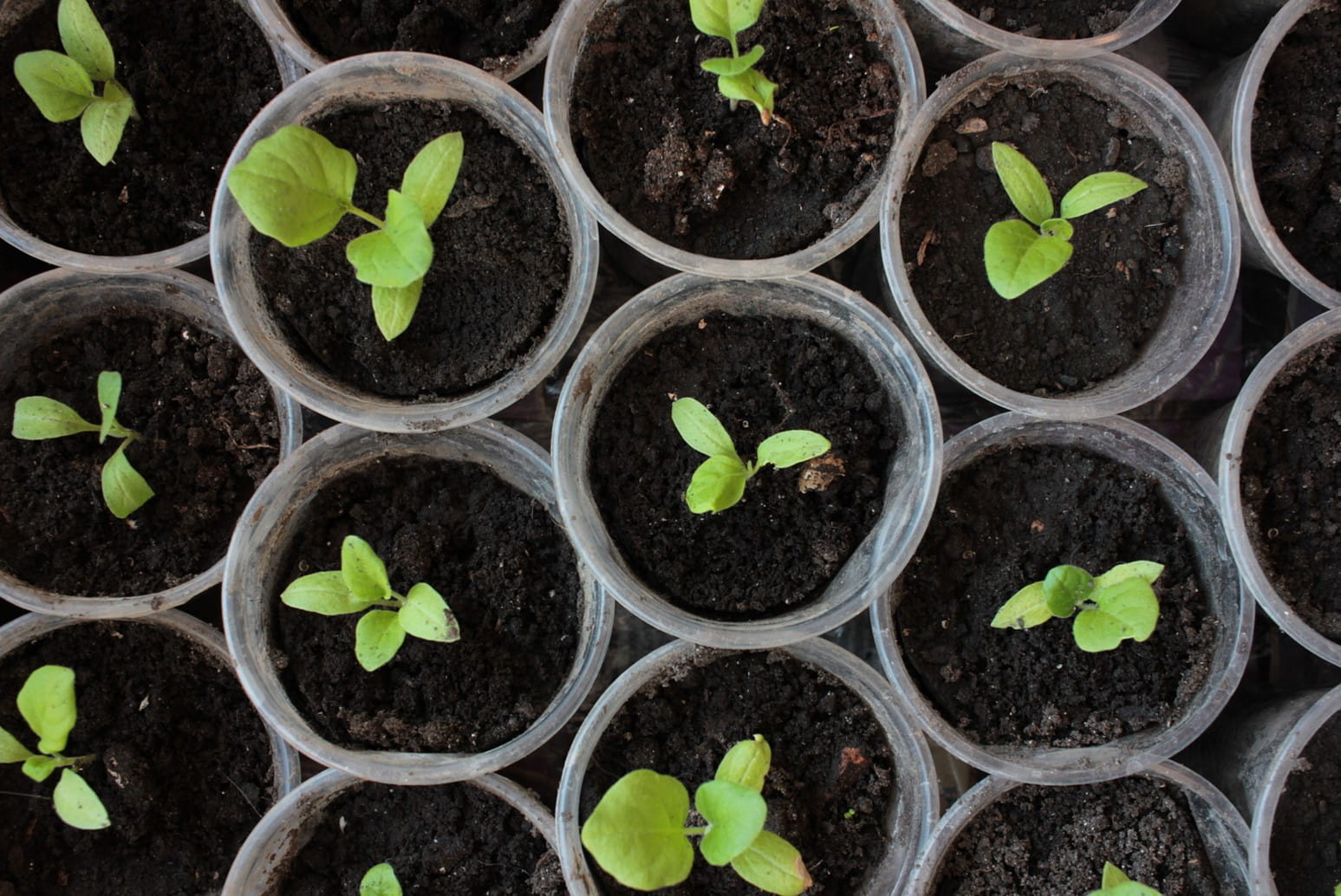
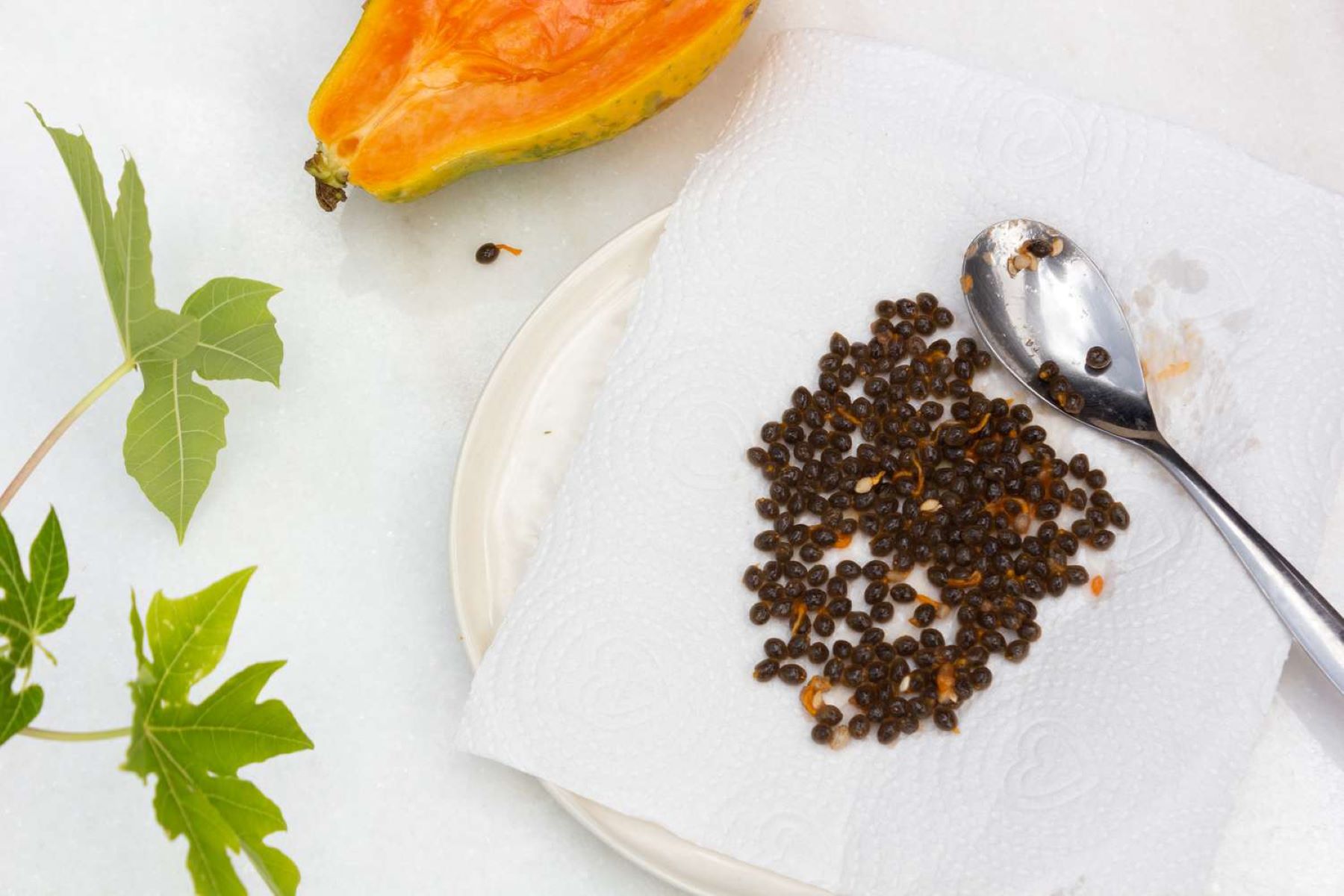
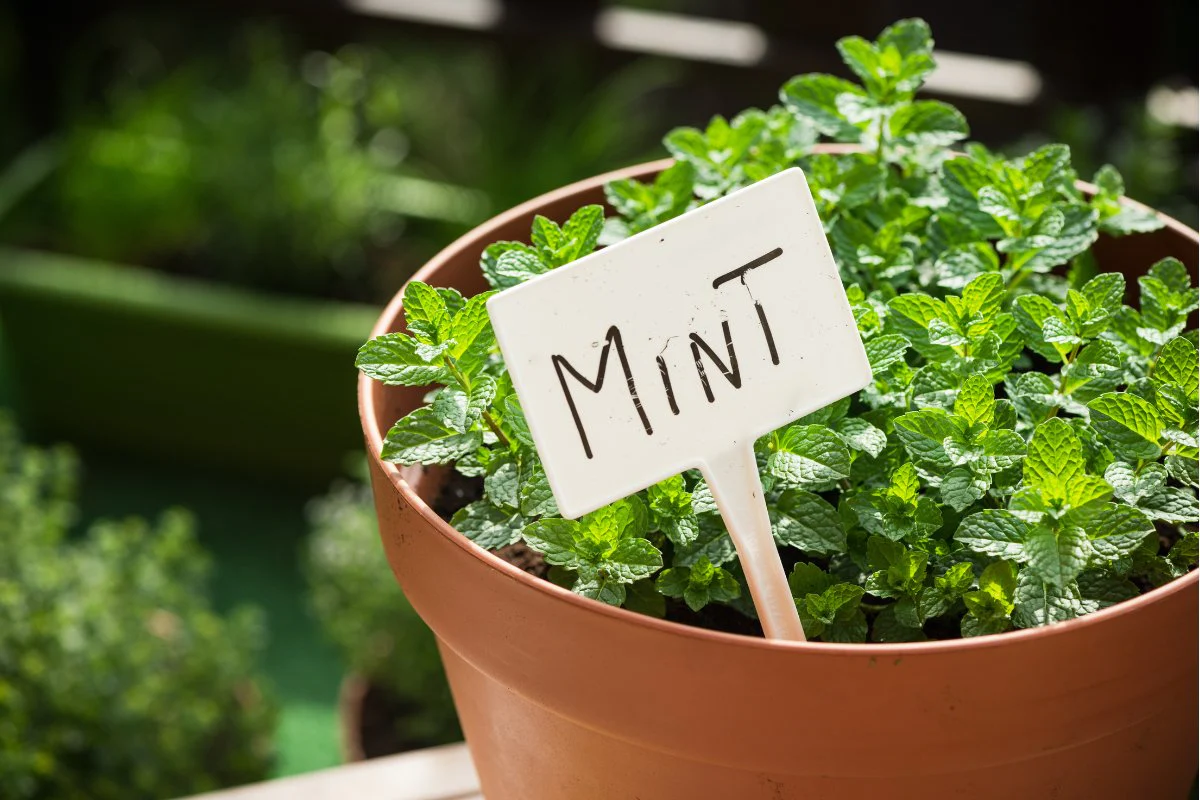
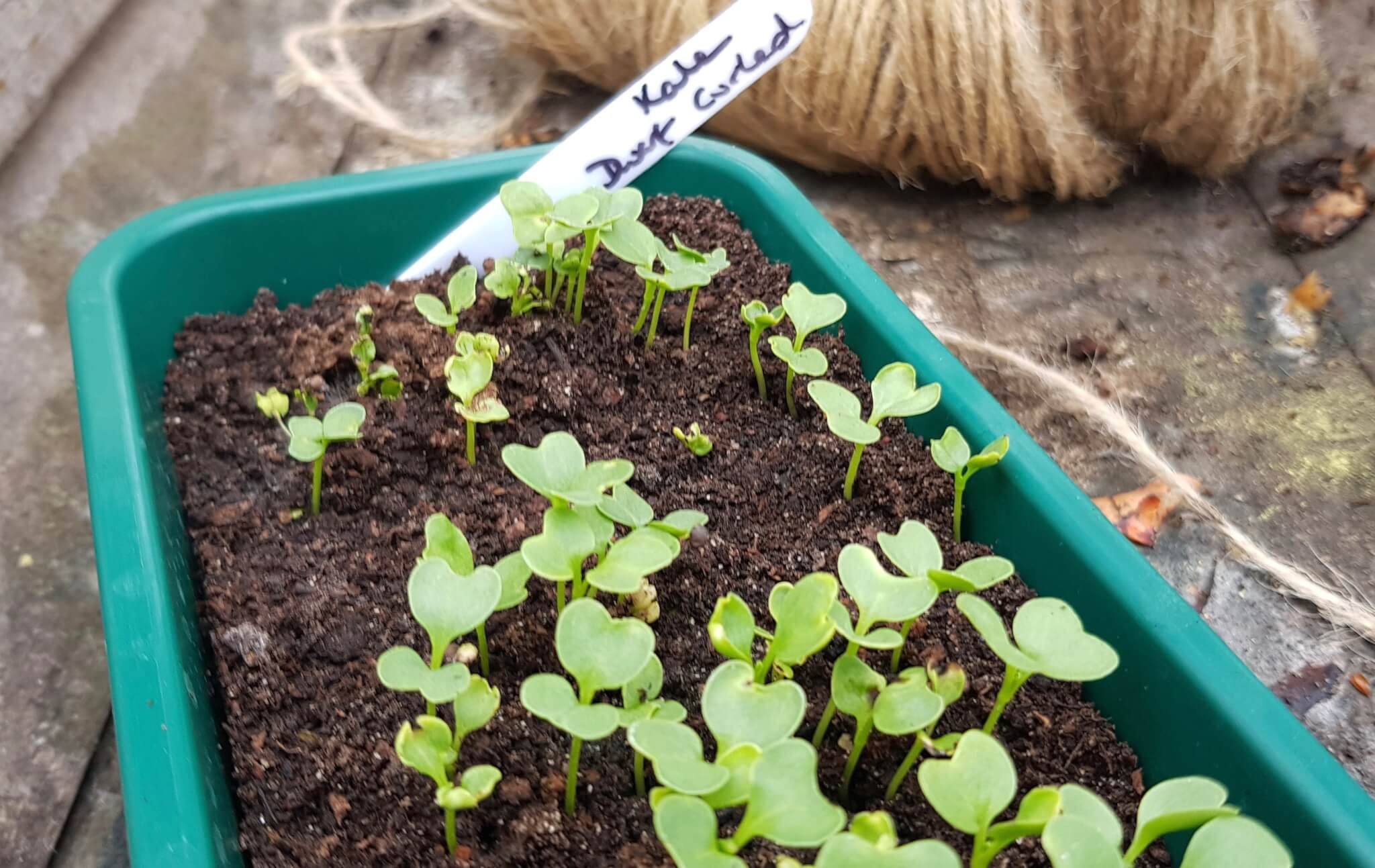
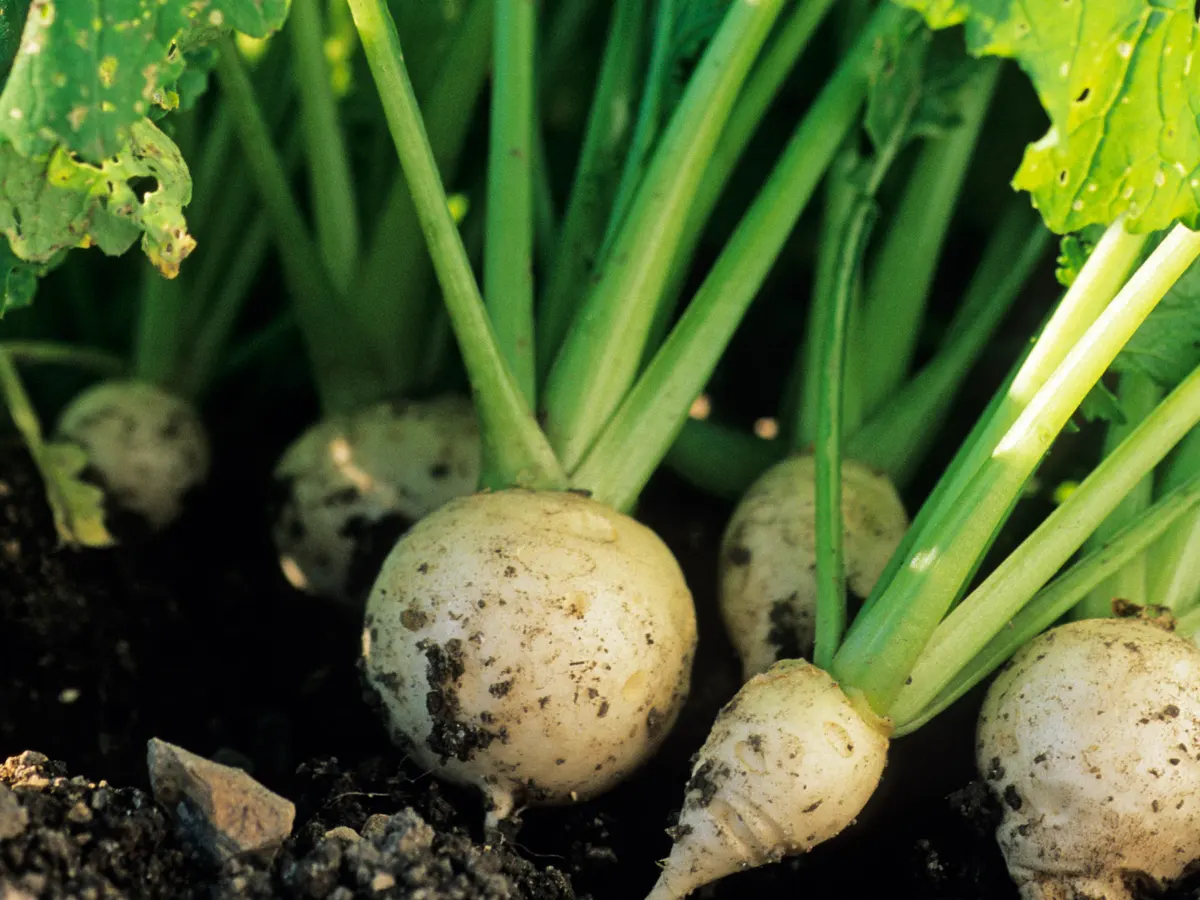
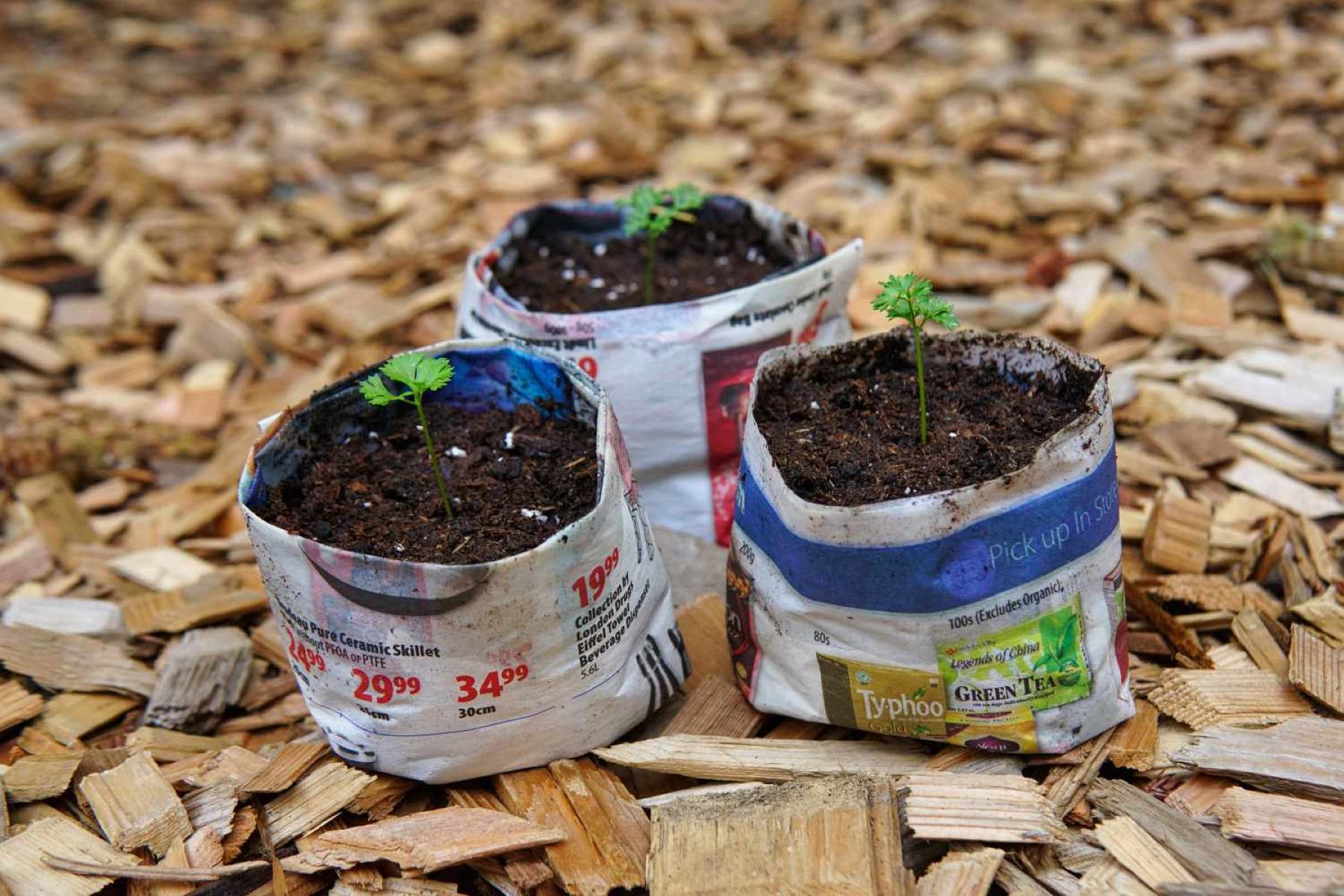
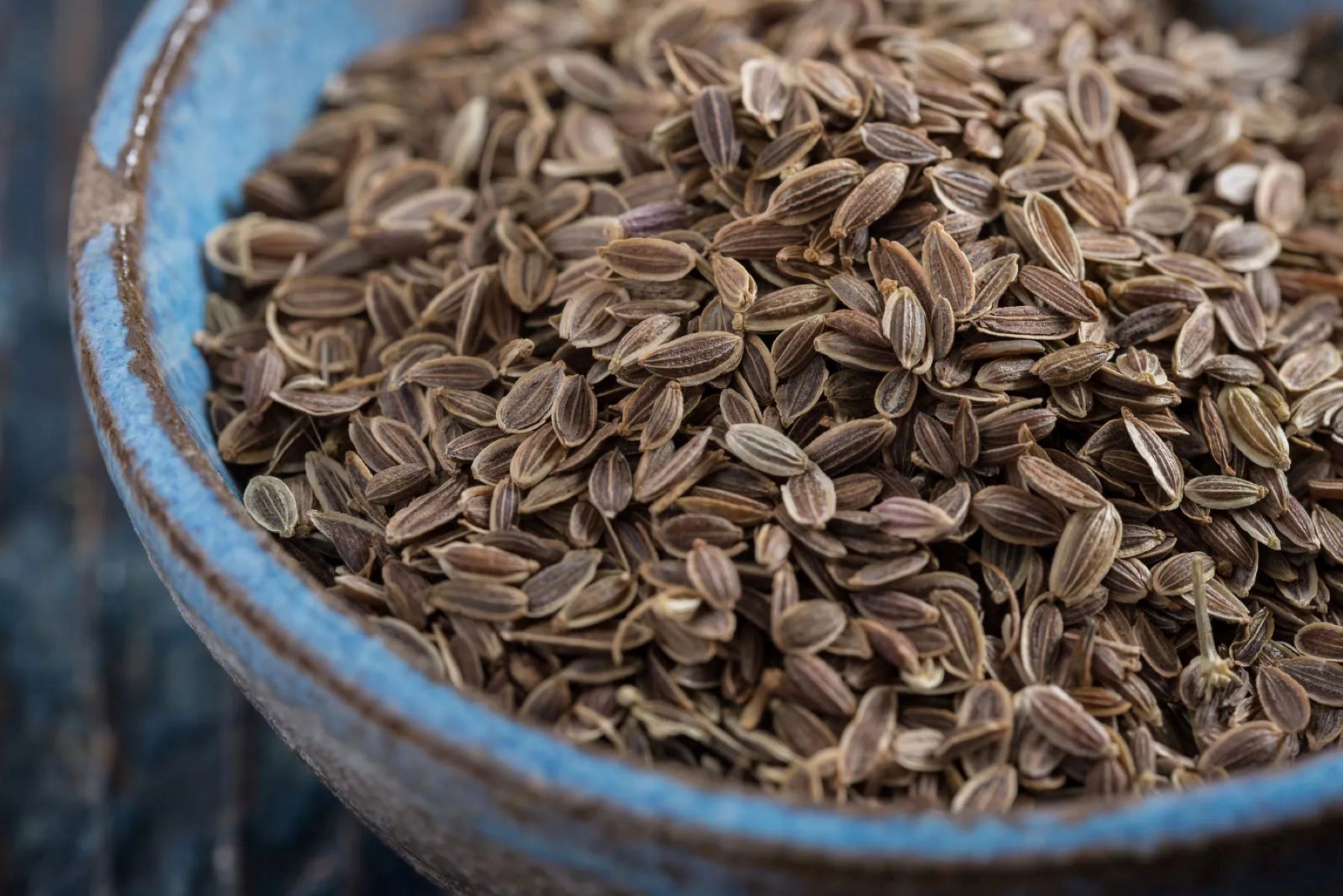
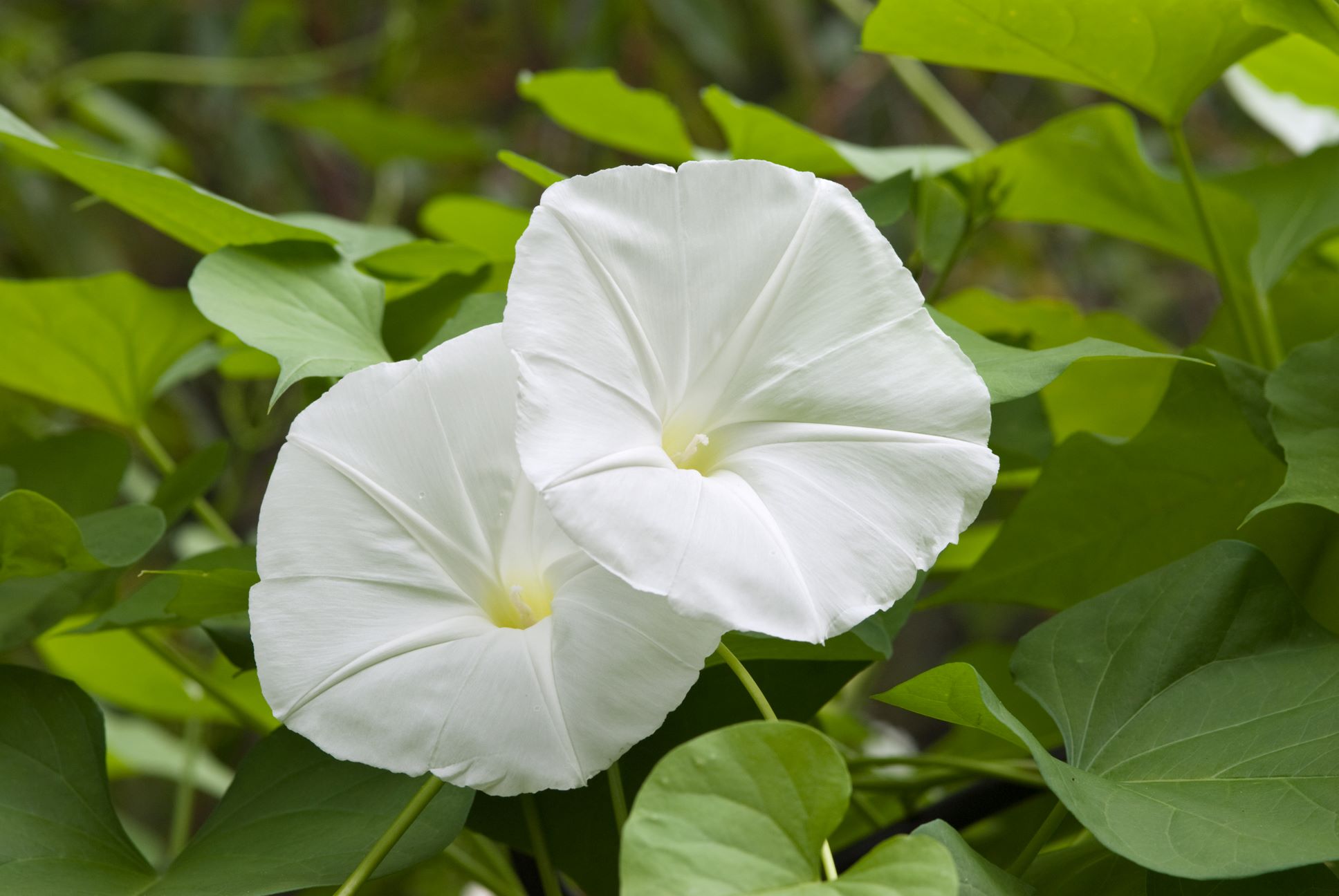
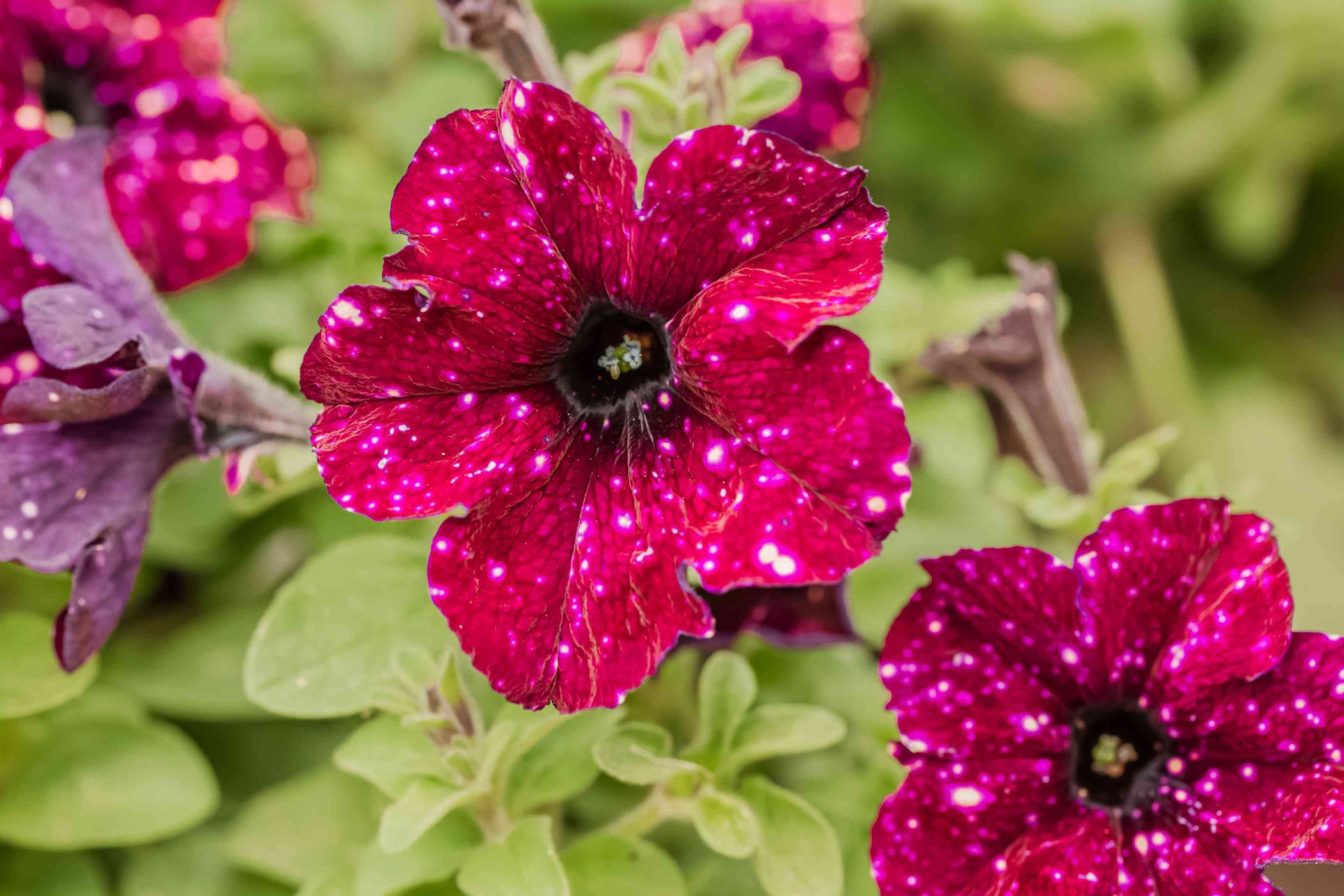
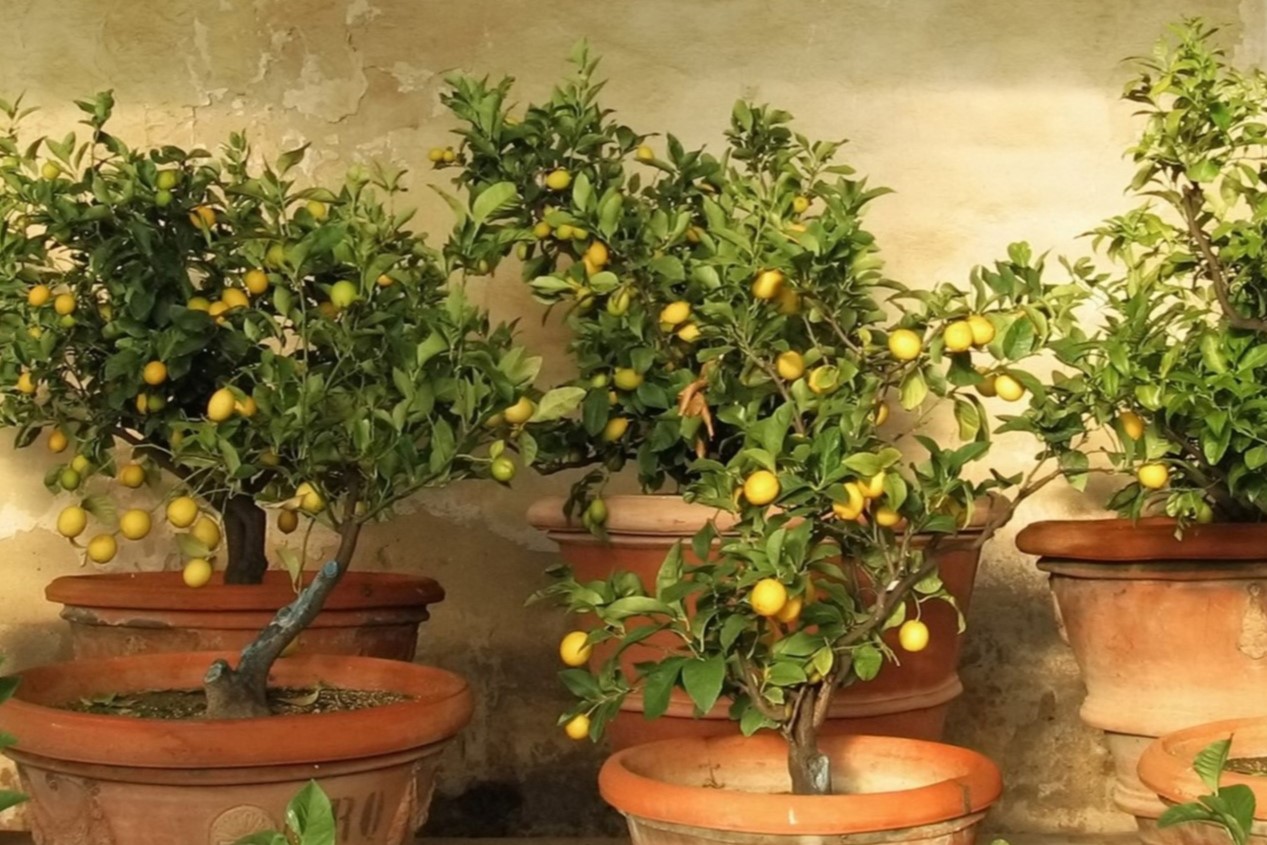
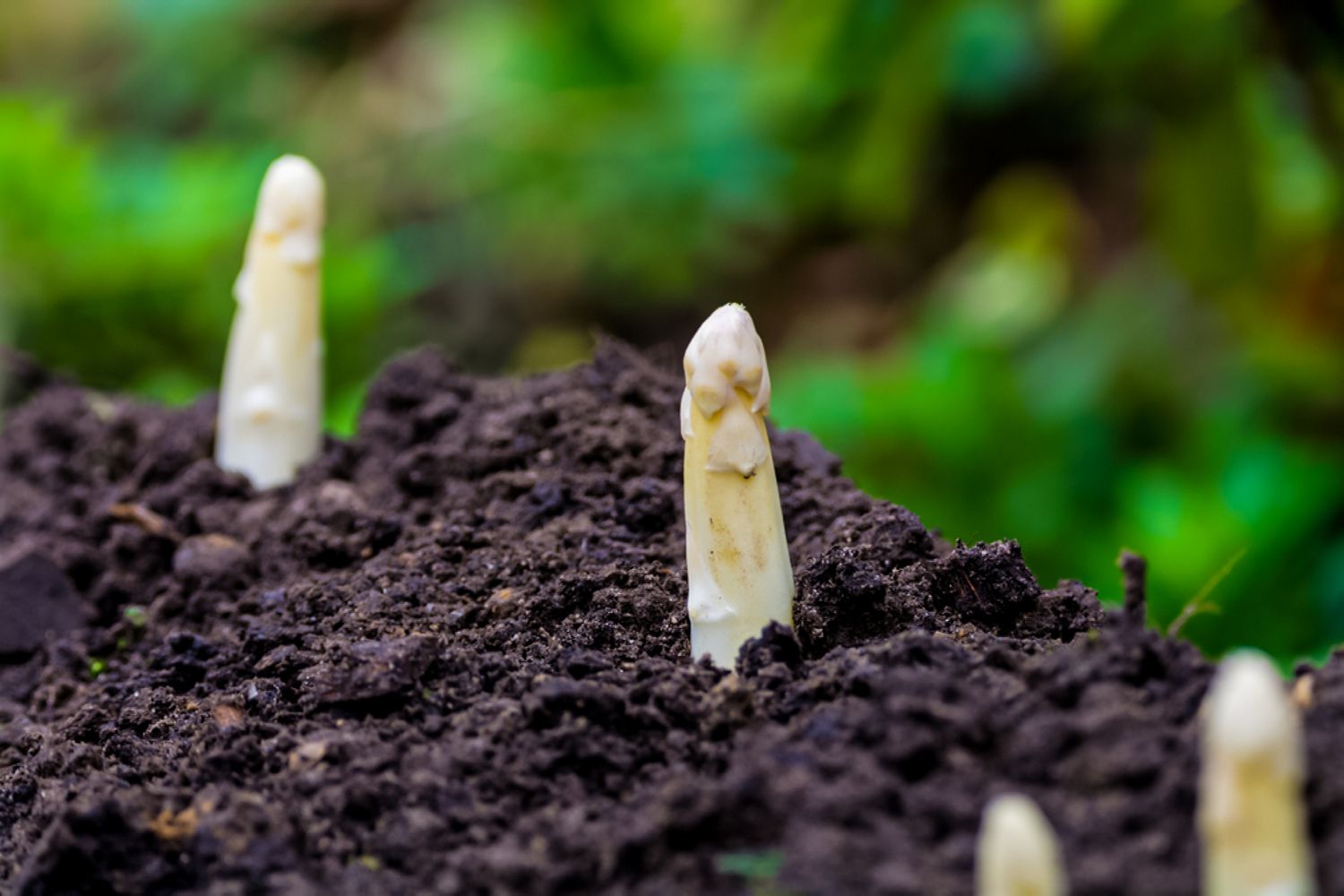



0 thoughts on “How Deep To Plant Cosmos Seeds”